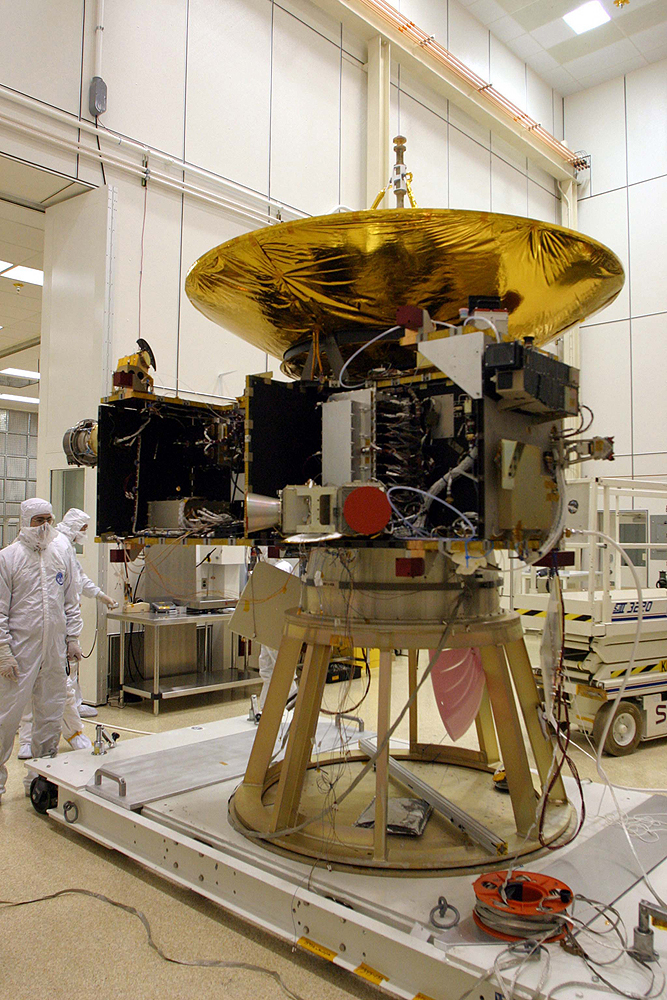 |
| Episode Thin Blue Line explores Saturn's rings image BBC programmes |
In this spellbinding series Professor Brian Cox visits the most extreme locations on Earth to explain how the laws of physics carved natural wonders across the solar system.The episode contains most interesting and exciting introduction to the complexities and modern theories about Saturn's rings presented by professor Cox with easy, sense of humor and a permanent smile. Particularly rewarding is the constant emphasis on the beauty of Nature and on the learning process and new challenges to science. This gives the viewer the feeling of an inviting trip towards the unknonn rather than a static presentation of known facts, it is dynamic.
But it has to come, doesn't it? After all professor Cox is a student of Carl Sagan and much inspired by his world famous Cosmos series.
Towards the end of the spectacular presentation Cox ponders the Big Picture entering the realms of Philosophy and Theology. Categorically and pleasantly he says what a wonder it is that such an intrigue system as interacting Saturn's rings and moons would have born spontaneously but "yet it did".
However, natural scientists can only join the rest of humanity in choosing between such view of spontaneous development on the basis of anonymous natural laws and physics that nobody has set into being or creation.
Catch 22
Cosmology combines mathematics, nuclear physics and many other disciplines in an effort to explain the phenomena observed in Nature. It has been very successful in this and there has recently been a true explosion of human knowledge about the world resulting in a tsunami of new information. It is a methodical mistake to try to add God the Creator in the processes of explanation. Such an addition does not help in real world theory formation and has not been part of scientific explanation since the birth of modern scientific approach in 16th century Europe.
So as God is excluded from explaining the workings of His creation should we not in the same breath deny the existence of any meaningful entity called God? The rules of the game in the scientific sand box leaves the big boy outside. Accordingly, we do not refer to the big boy outside the box and are left with a wondrous universe that gives birth to itself without any intelligent planning or acts of creating beauty.
Is there an alternative to atheism?
Of course there are many alternatives to atheistic castration of reality into a bunch of physical laws playing with matter that gives birth to itself and arranges itself spontaneously into Solar system and Saturn's beautiful rings. They go under many labels from agnostic views to deism as well as to many Philosophical schools pondering the wonders of why anything exists.
The Judaeo-Christian alternative is to take the Scriptures as the contact to humanity by the Maker of everything. In this tradition professor Cox could have presented the same facts and given praise to God for all the wonders he has learned about creation instead of claiming incorrectly that everything just exists by itself. Perhaps just by mentioning "majority of human kind today shares faith in Almighty Creator whose wisdom and depth of thinking is shown in His works. This includes Jews, Christians and Muslims and thus over three billion people." Or something like that.
This praise is not forthcoming from him nor from many other scholars studying Cosmology and Astronomy as there is the danger of contaminating the scientific research with what does not belong there. Nevertheless, they feel free to deny God if not directly like Sagan and Hawking than in pleasantly presented side sentences like Cox in this marvelous documentary.
Paul in his letter to the Romans
Well, it was already written about two thousand years ago in rather stern words not at all nice in our ears. The question of whom we praise about the wonders of Nature is obviously not a trivial matter to the God of Israel. It is a matter of truth, after all that affects our entire beings, behavior, belief systems and society.
The wrath of God is being revealed from heaven against all the godlessness and wickedness of people, who suppress the truth by their wickedness, since what may be known about God is plain to them, because God has made it plain to them. For since the creation of the world God’s invisible qualities—his eternal power and divine nature—have been clearly seen, being understood from what has been made, so that people are without excuse.
For although they knew God, they neither glorified him as God nor gave thanks to him, but their thinking became futile and their foolish hearts were darkened. Although they claimed to be wise, they became fools and exchanged the glory of the immortal God for images made to look like a mortal human being and birds and animals and reptiles.
Therefore God gave them over in the sinful desires of their hearts to sexual impurity for the degrading of their bodies with one another. They exchanged the truth about God for a lie, and worshiped and served created things rather than the Creator—who is forever praised. Amen.
Romans 1: 18 - 25
Abusus non tollit usum
We duly note that the argument here in referring to the writings of a former Jewish rabbi and student of Gamaliel the Great is not scientific. It is an argument outside the sandbox of methodical empirical research as it refers to a religious document giving it truth value.
Unfortunately we all know what kind of mess Church and believers have caused and continue to cause in matters of Astronomy. Wrong use of Scriptures does not overthrow, however, correct use of Scriptures.







